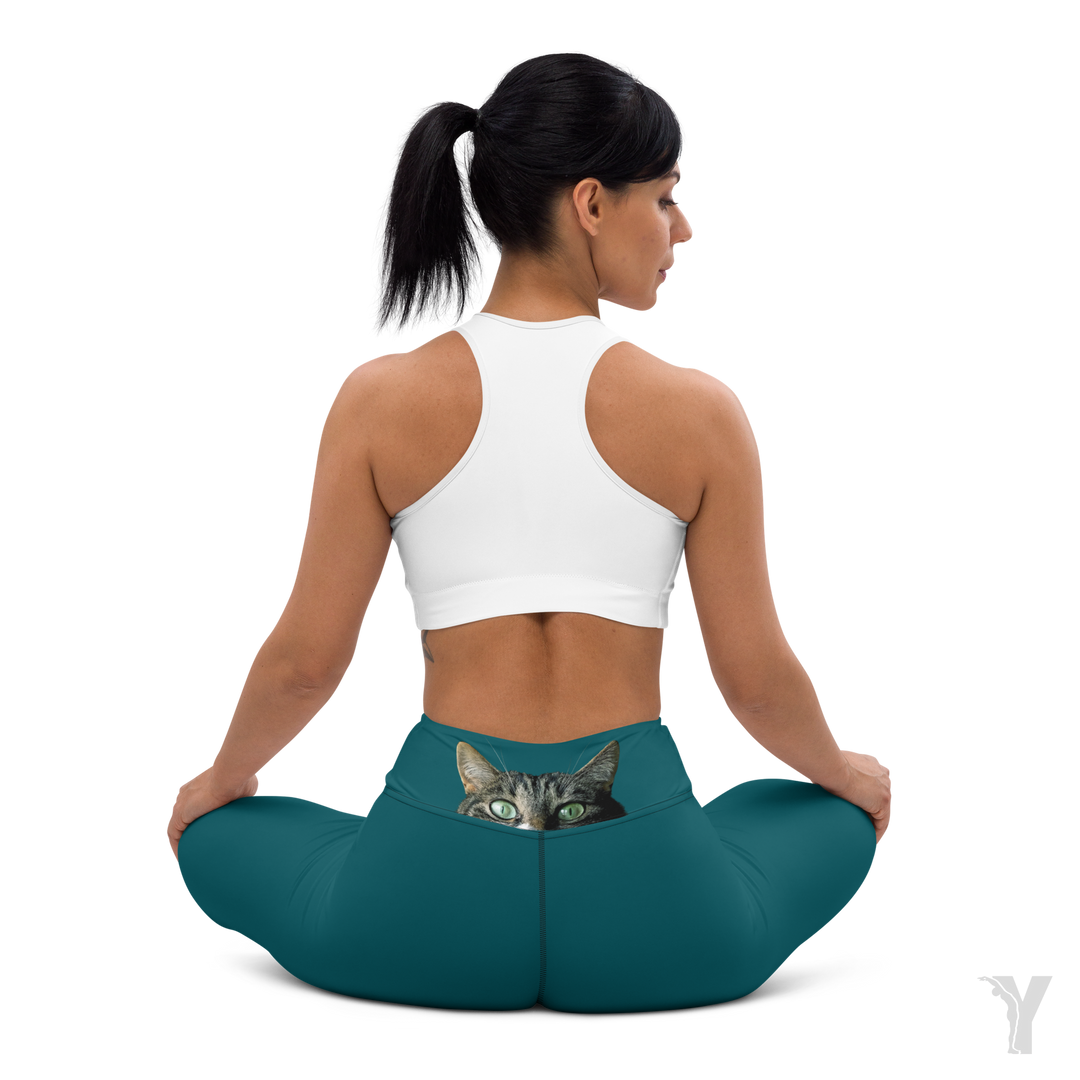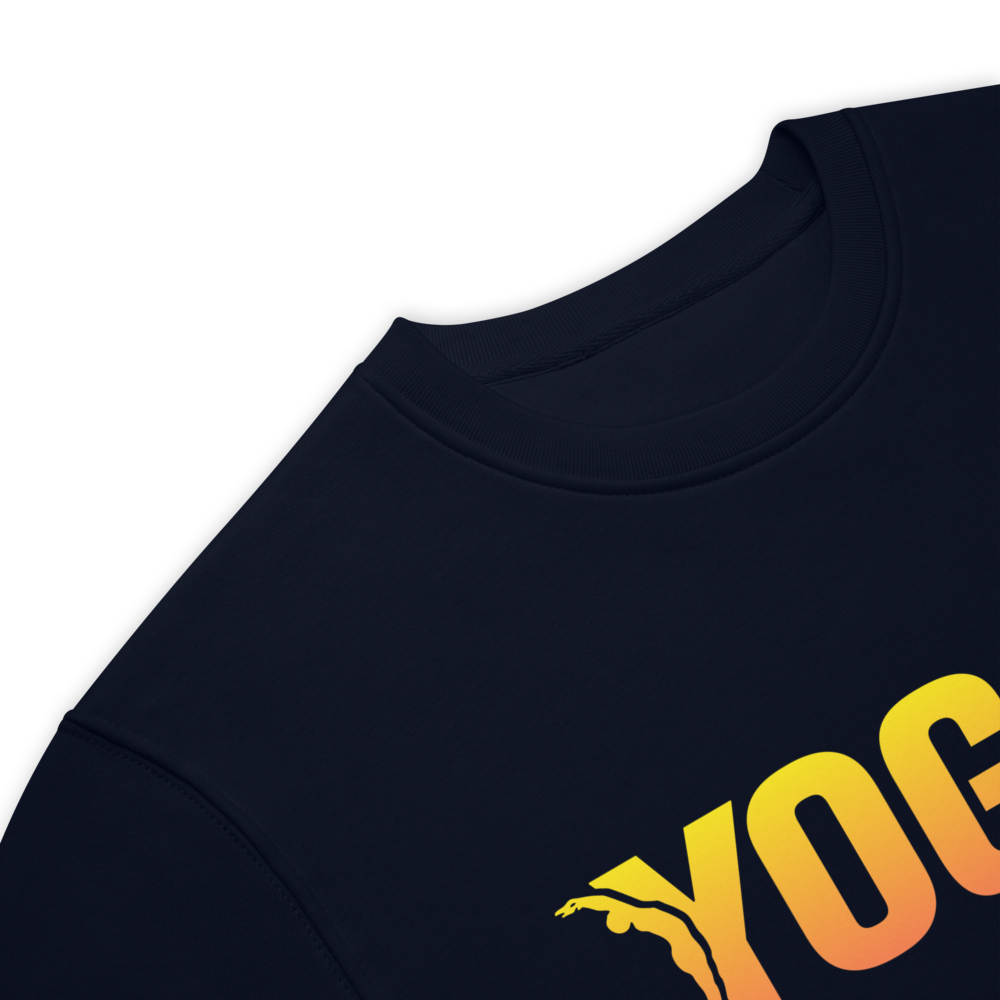Bandhas in yoga: benefits for the body and mind!

Bandhas in Yoga: Mastery of Vital Energy
Bandhas are an essential concept in the practice of yoga, often overlooked by beginners, yet fundamental to the proper circulation of vital energy, or prana . Whether you are a beginner or experienced yogi, understanding and practicing bandhas can help you deepen your practice and maximize the benefits both physically and energetically.
What is a bandha?
The word "bandha" comes from Sanskrit and means "lock" or "lock." In yoga, a bandha is an energetic lock that helps control, channel, and direct prana (life force energy) throughout the body. These locks are activated by specific muscle contractions that close off certain areas of the body to retain the energy, focus it, and then release it harmoniously.
By mastering the bandhas, you will not only be able to improve your postures ( asanas ) and your breathing ( pranayama ), but also harmonize your inner energy.
The 3 main bandhas
In the practice of yoga, there are three main bandhas, each with a specific role in energy management:
Mula Bandha (the root lock)
- Location: at the perineum, in the pelvic floor area.
- How to do it: Gently contract your pelvic floor muscles as if you were trying to stop a flow of urine.
- Benefits: This lock helps stabilize energy at its source, in the region of the first chakras, and provides a solid anchor. It promotes concentration, emotional stability, and strengthens the deep muscles of the pelvis.
Uddiyana Bandha (abdominal lock)
- Location: in the diaphragm region, below the rib cage.
- How to do it: Standing or sitting, exhale completely then pull your stomach under your ribs, contracting your abdominals inward and upward.
- Benefits: Uddiyana Bandha energizes the internal organs, improves digestion, and stimulates the inner fire, called Agni . It is also used to increase energy in the upper chakras and improve posture.
Jalandhara Bandha (Throat Lock)
- Location: at the throat.
- How to do it: Lower your chin towards your chest while keeping your back straight, creating slight compression at the throat.
- Benefits: Jalandhara Bandha works on the communication center (throat and upper chakras), regulating the flow of energy between the heart and head. It helps calm the mind and is often practiced during pranayama exercises to balance the breath.
The Supreme Bandha: Maha Bandha
Once you have mastered the three bandhas separately, you can combine them into what is called Maha Bandha , or the "great lock." Maha Bandha involves activating Mula, Uddiyana, and Jalandhara Bandha simultaneously, creating a powerful energy retention that promotes deep concentration and energetic purification.
How to practice it?
Sit comfortably. Start with Mula Bandha, then Uddiyana Bandha, and finally Jalandhara Bandha. Hold this triple contraction for a few seconds, then gradually release while breathing deeply.
Benefits: Maha Bandha helps rebalance the nervous system, stimulates the chakras, and activates kundalini , the spiritual energy that resides at the base of the spine. It is a powerful practice for those seeking to advance their spiritual practice.
Why practice bandhas?
Bandhas aren't just physical exercises; they work deep on an energetic level. Here are some of the benefits you can expect from incorporating bandhas into your yoga practice:
- Improved concentration and meditation : By holding energy in certain areas of the body, bandhas promote a state of mental calm and inner clarity.
- Strengthens internal muscles and posture : Bandhas engage often-neglected muscles, particularly in the pelvic, abdominal, and back regions. Regular practice helps stabilize the spine and improve posture.
- Kundalini Activation and Chakra Harmonization : The bandhas act as energy switches, awakening the kundalini and rebalancing the energy flow between the different chakras.
How to integrate bandhas into your daily practice?
If you're just starting out, don't hesitate to take the time to feel each bandha individually before combining them. Here are some tips for a smooth practice:
- Start gently : Never force contractions. Bandhas should be practiced gently and mindfully. Breathe deeply and observe the sensations in your body.
- Use bandhas during postures and breathing : For example, you can activate Mula Bandha during standing postures to strengthen your grounding. Similarly, Uddiyana Bandha can be incorporated during transitions for better breath control.
- Common mistakes to avoid : Don't confuse excessive muscle contraction with proper bandha activation. The key lies in subtlety, not brute force.
Bandhas and breathing (pranayama)
Bandhas are closely related to yogic breathing . By combining bandhas with pranayama techniques, you can more effectively control your life energy. Here's an example exercise:
- Pranayama with Uddiyana Bandha : Sit comfortably, exhale all the air from your lungs, then apply Uddiyana Bandha. Hold your breath for a few seconds, gently release, and inhale. This exercise promotes the circulation of energy in the upper chakras and stimulates the entire respiratory system.
Conclusion: The importance of regular practice of bandhas
Bandhas are powerful tools for any yoga practitioner seeking to deepen their experience. They provide numerous benefits, both physically and energetically, and allow access to a deeper state of concentration. Integrating these energetic locks into your daily practice will help you better understand and master the energy that flows within you, for a more conscious and enriching practice.
Remember that consistency is the key to fully experiencing the effects of bandhas. Whether during your asana, pranayama, or even meditation sessions, bandhas offer you a gateway to better managing your inner energy. So, are you ready to experience this new dimension of yoga? Namaste.


















